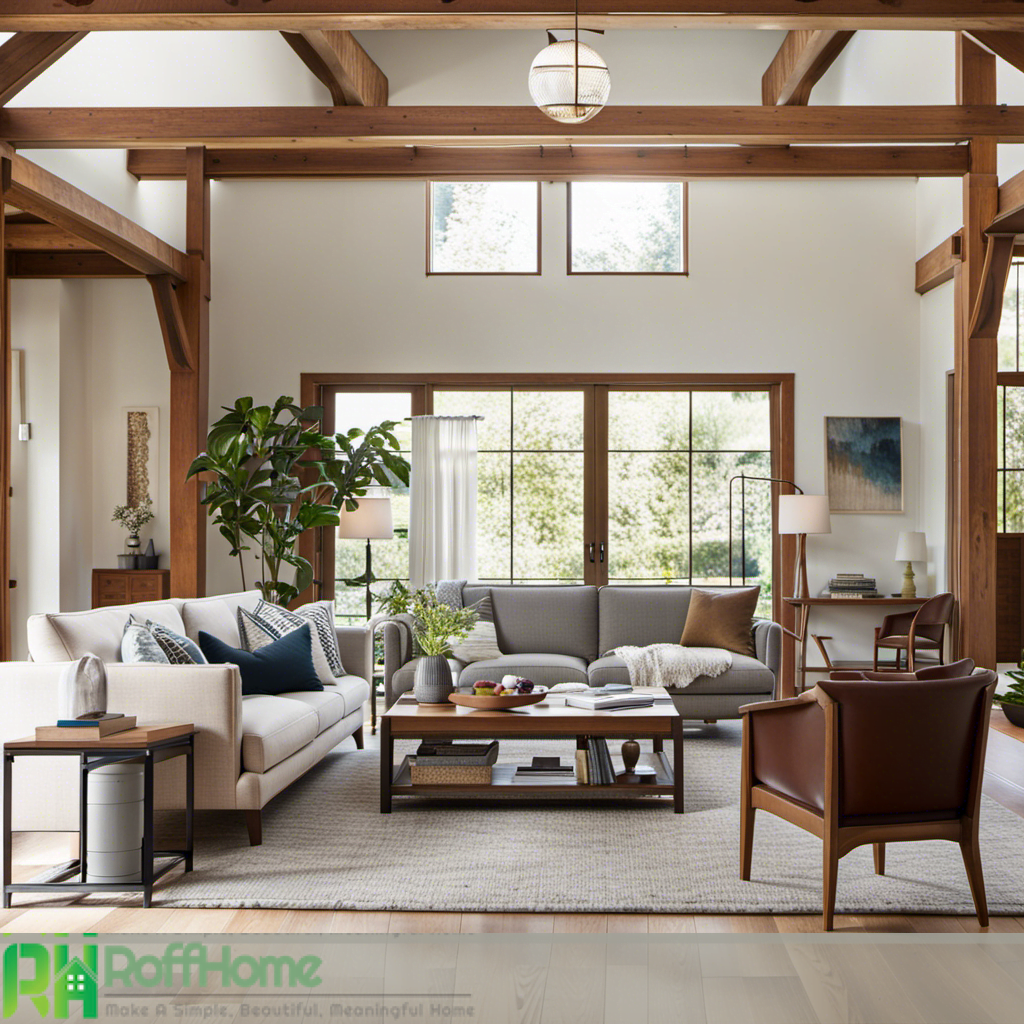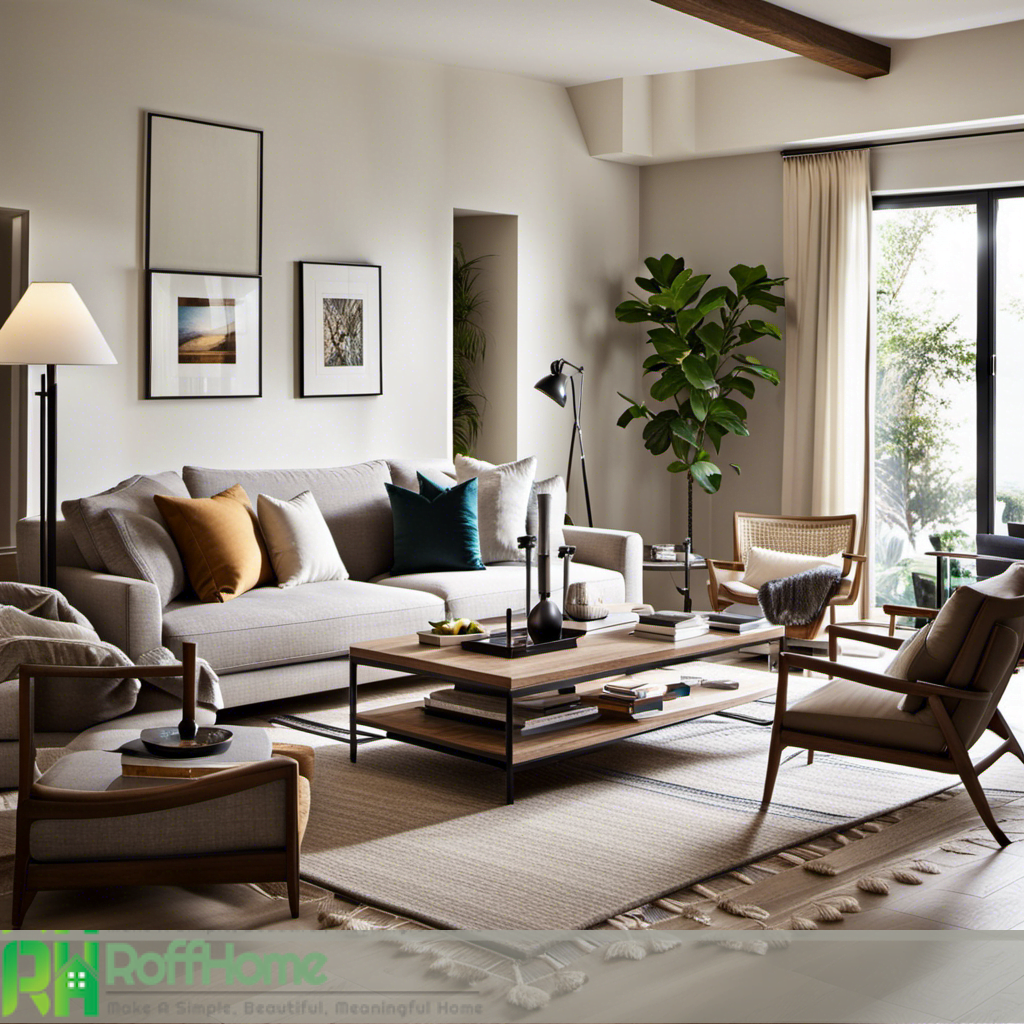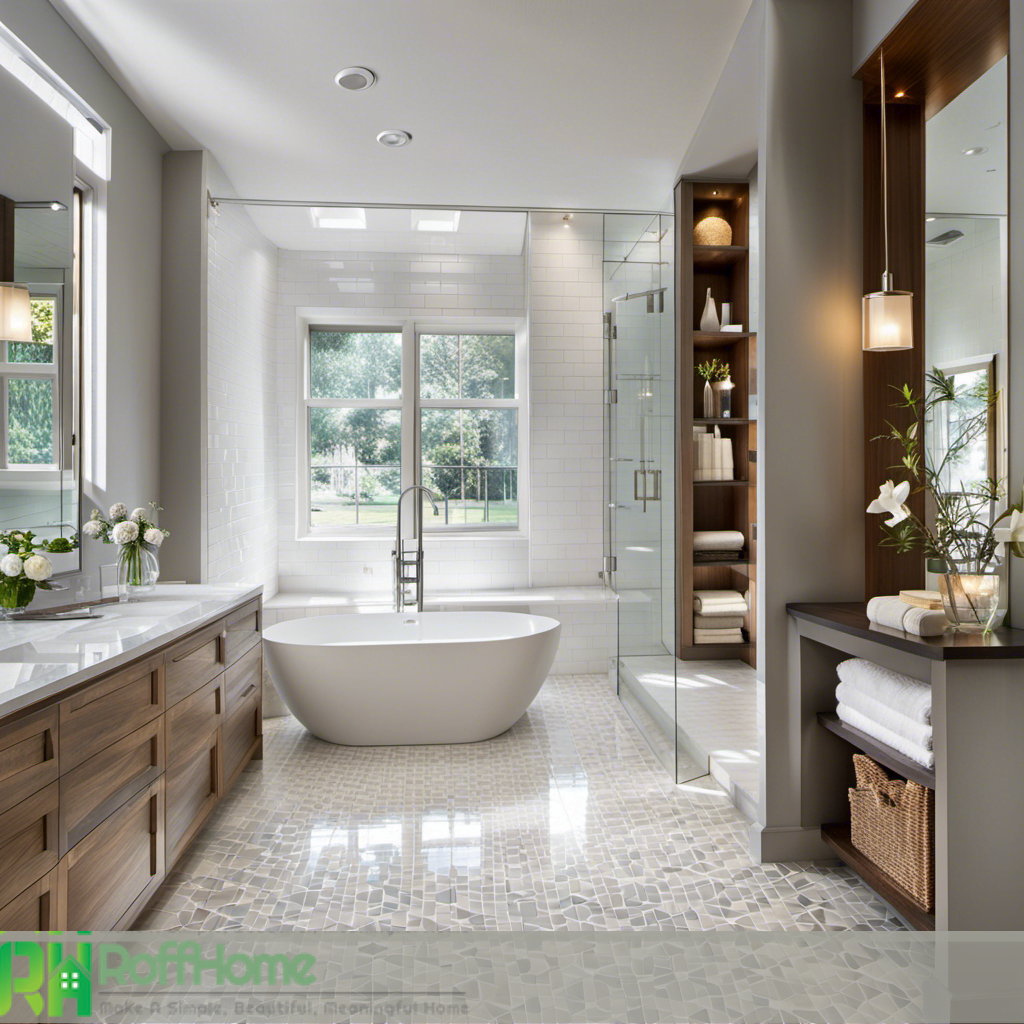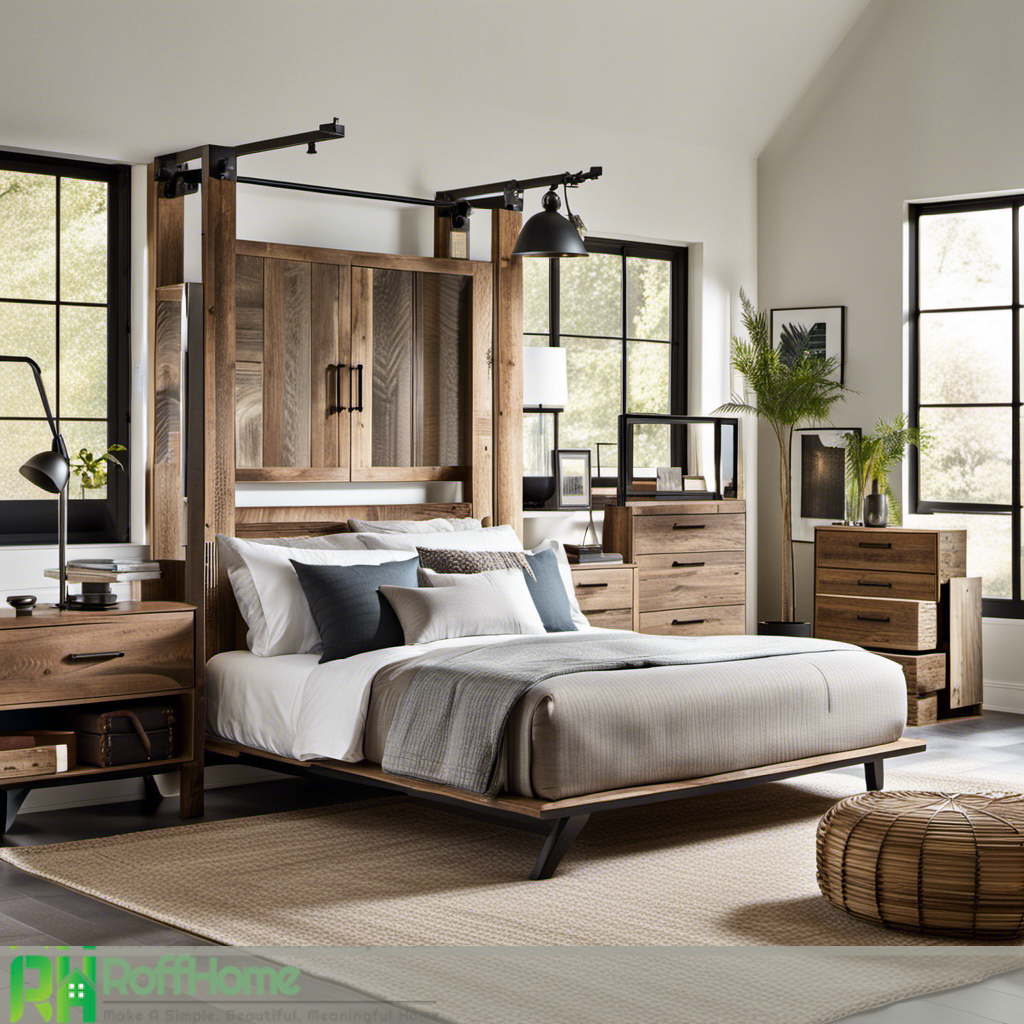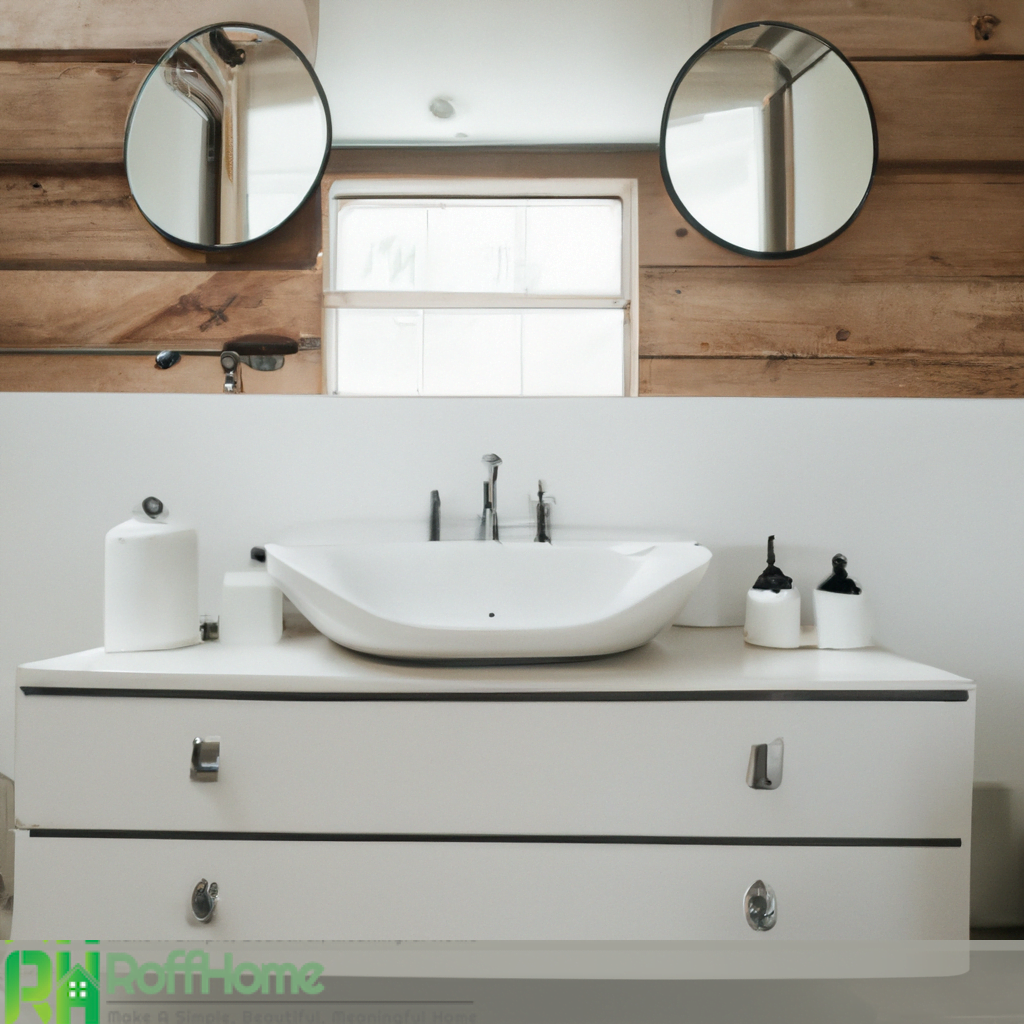Stylish Bedroom Wainscoting Ideas for a Luxurious Bedroom Decor
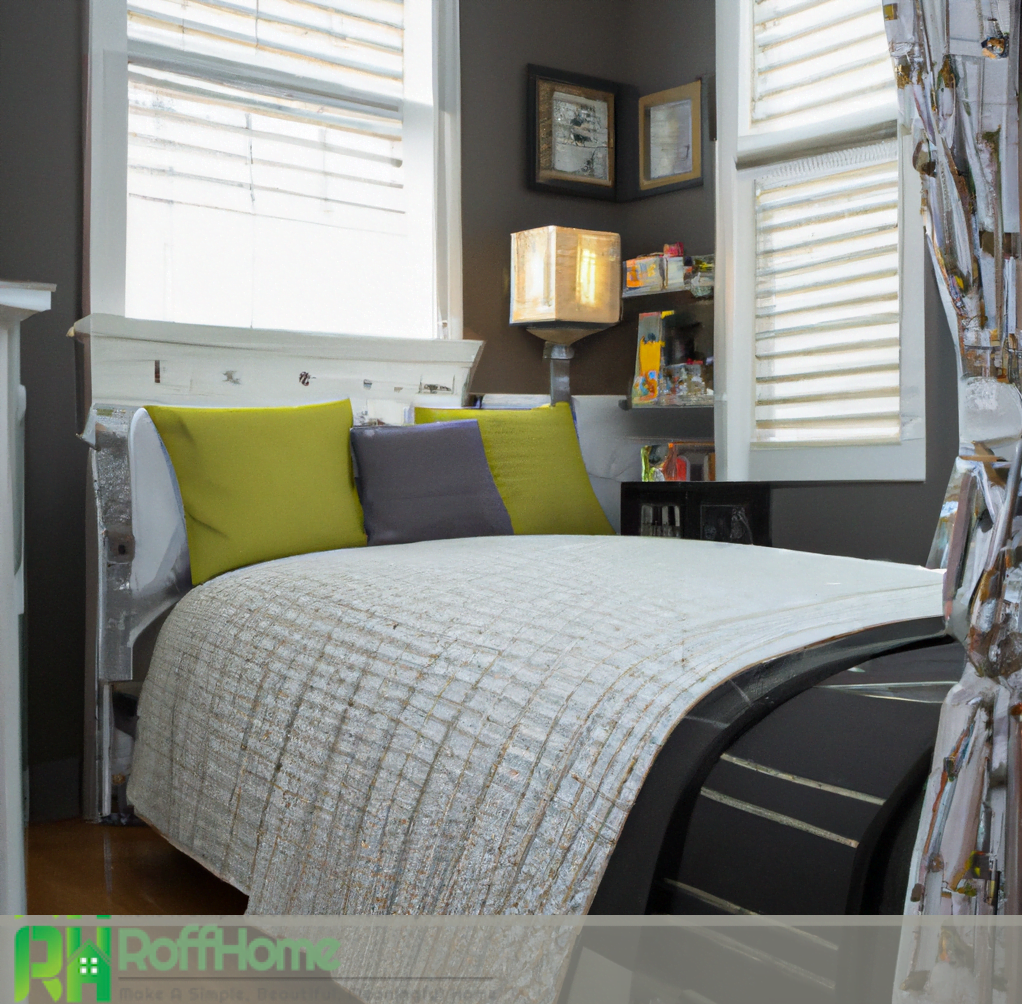
Bedroom wainscoting is a decorative wall paneling technique used for centuries to add elegance and sophistication to interior design. It is a popular architectural element that can be incorporated into traditional and modern bedroom designs to create a unique and personalized look. Wainscoting adds texture and depth to bedroom walls while serving practical purposes such as insulation, soundproofing, and moisture resistance.
Homeowners can choose from various materials for wainscoting, including natural and synthetic options that offer different colors, textures, and finishes. Selecting the right material is essential for achieving the desired aesthetic effect and ensuring durability and cost-effectiveness.
DIY enthusiasts can take on bedroom wainscoting projects to improve their homes and add a personal touch to their decor. Installation of wainscoting requires careful planning and preparation, and it is essential to follow the recommended guidelines for maintenance to keep the walls looking new.
Designers can draw inspiration from historical and contemporary trends in bedroom wainscoting to create custom designs that fit their client’s specific needs and preferences. Trend analysis, color schemes, lighting, and textures are essential in creating an aesthetically pleasing and functional bedroom design.
What is bedroom wainscoting, and how it adds elegance to the room
Wainscoting is a decorative wall paneling technique that covers the wall’s lower part with wooden panels or boards. It is a popular architectural element used for centuries to add elegance and sophistication to interior design, especially in bedrooms.
Bedroom wainscoting adds texture and depth to the walls while serving practical purposes such as insulation, soundproofing, and moisture resistance. It can be made from various materials such as wood, MDF, PVC, and others. Wood is the most popular material used in bedroom wainscoting due to its natural beauty, durability, and flexibility.
The type of wood used can also affect the aesthetic effect, with hardwoods like oak and cherry offering a classic and traditional look, while softwoods like pine and cedar provide a more rustic feel.
Wainscoting is versatile and can be incorporated into traditional and modern bedroom designs. It adds elegance and sophistication to the room, creating a timeless and luxurious ambiance. Traditional bedroom wainscoting usually features raised panels, while modern designs often incorporate more streamlined, minimalist profiles.
In addition to the aesthetic benefits, wainscoting can help protect the walls from damage and make them easier to clean. It can also serve as a visual divider, separating the upper and lower portions of the wall and creating a sense of balance and harmony in the room.

Bedroom wainscoting trends for 2023
As we look forward to 2023, bedroom wainscoting is set to continue to be a popular interior design trend. With an increasing focus on sustainability and eco-friendly materials, we expect to see more natural materials used in bedroom wainscoting, such as reclaimed wood, bamboo, and cork. These materials offer unique textures and patterns while also being environmentally responsible.
In terms of design, we can expect to see a shift towards more intricate and detailed bedroom wainscoting patterns. While minimalist designs have been popular recently, homeowners and designers are beginning to embrace more ornate patterns and textures that add depth and character to the walls. This may include intricate panel designs, decorative moldings, or 3D wall panels.
Color schemes are also expected to shift towards more neutral and earthy tones. Whites, greys, and natural wood tones will be popular choices, as they create a sense of tranquility and balance in the bedroom. In addition, pops of color may be added through accessories such as bedding and artwork, allowing the wainscoting to serve as a subtle and sophisticated backdrop.
Regarding installation, we expect to see a growing interest in DIY bedroom wainscoting projects. With more resources available online, homeowners are increasingly taking on wainscoting projects themselves as a way to personalize their homes and save on costs. This may include using affordable materials such as MDF and PVC, which can be painted to mimic the look of more expensive natural materials.
The history of wainscoting and how it became a popular feature in bedrooms
The history of bedroom wainscoting dates backed centuries to medieval times when it covered the lower part of walls in castles and homes. The original purpose was to provide insulation and protection from drafts and prevent damage to the walls. The term “wainscot” referred to the oak wood used for the paneling, known for its strength and durability.
Over time, bedroom wainscoting became a popular feature in grand homes and palaces, where it was used to add elegance and sophistication to interior design. By the 18th century, wainscoting had evolved into a highly decorative element, featuring intricate panel designs and decorative moldings. It was often painted or finished with decorative wallpaper, creating a rich and luxurious ambiance in the room.
As the interior design evolved in the 20th century, wainscoting fell out of favor, with many homeowners preferring a more minimalist and modern look. However, there has been a renewed interest in traditional design elements in recent years, and wainscoting has come back in many homes.
Today, bedroom wainscoting remains popular in interior design, with homeowners and designers incorporating it in traditional and modern bedroom designs. It adds depth and texture to the walls while serving practical purposes such as insulation and soundproofing. The versatility of wainscoting allows it to be customized to fit any design style or aesthetic preference, making it a timeless and enduring element of interior design.

Bedroom wainscoting ideas for different design styles: traditional, modern, rustic, and more
Bedroom wainscoting is a versatile feature that can be incorporated into various design styles. Here are some ideas for different design styles:
Traditional: Wainscoting can create a sense of grandeur and elegance in a traditional bedroom. A classic choice is a raised panel wainscoting with decorative moldings and a painted finish. A neutral color scheme with soft, muted tones will add to the traditional ambiance.
Modern: Bedroom Wainscoting can add depth and texture to the walls in a modern bedroom without overwhelming the space. Simple, flat panel wainscoting with a natural wood finish or painted in a bold, contrasting color can create a clean, minimalist look. Pair with modern furniture and sleek, metallic accents for a contemporary feel.
Rustic: Wainscoting can add warmth and character to the space in a rustic bedroom. Natural wood wainscoting with a distressed or weathered finish is a popular choice. Combine with exposed beams, stone accents, and cozy textiles to create a rustic, cabin-like ambiance.
Coastal: Wainscoting can add a beachy, relaxed vibe to a coastal bedroom. Beadboard wainscoting with a white or light blue painted finish is popular. Pair with natural wood accents, seashell decor, and nautical textiles to create a breezy seaside retreat.
Industrial: Wainscoting can add an urban, edgy feel to an industrial bedroom. Concrete wainscoting or panels with an industrial metal finish can create an industrial look. Pair with exposed brick, metal accents, and minimalist furniture to complete the look.
Wainscoting ideas for small and large bedrooms
Wainscoting is a popular feature in bedrooms that can add depth, texture, and elegance to the space. Here are some ideas for wainscoting in small and large bedrooms:
Small Bedrooms: Wainscoting can create the illusion of height and space in a small bedroom. Vertical paneling can make the walls taller, while horizontal paneling can make the room wider. Consider using a light color for the wainscoting, reflecting light and making the room appear brighter and more spacious. Beadboard or flat panel wainscoting can add texture and interest to the walls without overwhelming the space.
Large Bedrooms: Wainscoting can create a grand and luxurious ambiance in a large bedroom. Raised panel wainscoting with decorative moldings and a painted finish can add depth and texture to the walls while also serving as a focal point. Consider using a darker color for the wainscoting, adding richness and depth to the space. Alternatively, natural wood wainscoting with a clear finish can add warmth and character to the room.
Regardless of the size of the bedroom, it’s important to consider the proportion of the bedroom wainscoting to the rest of the room. A lower wainscoting height may be more appropriate in a small bedroom to avoid overwhelming the space. In a large bedroom, a taller wainscoting height can create a more grand and luxurious look.
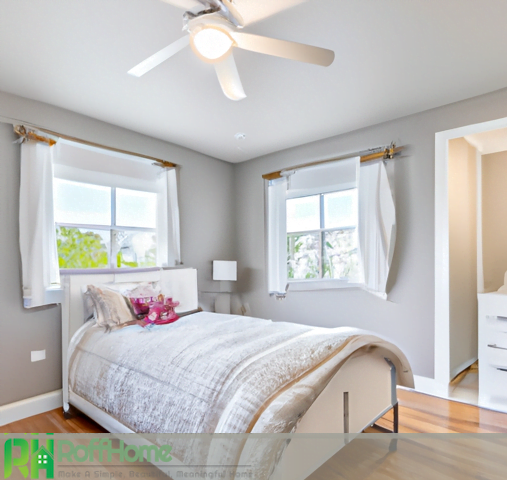
DIY wainscoting ideas for a budget-friendly bedroom makeover
Wainscoting is a popular feature in bedrooms that can add elegance and depth to the space. However, the cost of professional installation can be prohibitive for many homeowners. Fortunately, several DIY wainscoting ideas can be done on a budget. Here are some ideas for a budget-friendly bedroom makeover:
Faux Wainscoting: One of the easiest and most cost-effective ways to achieve the look of bedroom wainscoting is to create a faux version. This can be done by painting the lower portion of the wall in a contrasting color or using a stencil to create a paneling effect.
Beadboard Paneling: Beadboard paneling is an affordable option that can be installed with basic carpentry skills. It can be painted or left natural for a rustic look.
Wallpaper Wainscoting: Wallpaper can be used to create the look of wainscoting without the expense of actual paneling. Choose a wallpaper with a paneling pattern, or create your own using a stencil.
Repurposed Materials: Repurposing materials such as old doors or shutters can be a unique and budget-friendly option for wainscoting. These materials can be cut to size and attached to the wall with adhesive or screws.
Painted Paneling: Painting existing paneling or using an MDF board to create simple panels can be a budget-friendly option. Choose a contrasting color for the panels or create a subtle tone-on-tone effect for a more subtle look.
How to install wainscoting in the bedroom – a step-by-step guide
Installing wainscoting in a bedroom can add elegance and texture to the space:
Measure the Walls: Measure the length and height of the walls where the wainscoting will be installed. This will determine the amount of material needed.
Choose the Material: Choose the type of wainscoting material that best fits the design and budget. Common materials include MDF board, wood paneling, and beadboard.
Prep the Walls: Remove any existing baseboards or trim. Clean the walls and ensure they are smooth and free of debris.
Install the Baseboard: Install the baseboard along the bottom of the wall. Use a level to ensure it is straight, and attach it to the wall with nails or adhesive.
Install the Top Rail: Install the top rail at the desired height. Use a level to ensure it is straight, and attach it to the wall with nails or adhesive.
Install the Panels: Cut the wainscoting material to size and attach it to the wall with nails or adhesive. Ensure the panels are level and straight.
Install the Cap Rail: Install the cap rail along the top of the panels. Use a level to ensure it is straight, and attach it to the wall with nails or adhesive.
Fill the Holes and Sand: Fill any nail holes or gaps with wood filler. Sand the surface smoothly and clean up any dust.
Paint or Finish: Paint or finish the wainscoting as desired.

Maintenance and cleaning tips for bedroom wainscoting: keeping it looking like new
Wainscoting is a popular feature in bedrooms that can add elegance and depth to the space. However, like any other element in a home, it requires regular maintenance to keep it looking like new. Here are some maintenance and cleaning tips for bedroom wainscoting:
Dusting: Regular dusting is essential to prevent the accumulation of dirt and grime on the wainscoting. Use a soft cloth or feather duster to wipe the surface gently.
Vacuuming: Vacuuming is also an effective way to remove dirt and dust from the grooves of the wainscoting. Use a soft-bristled attachment to avoid damaging the surface.
Cleaning: Use a mild soap solution and a soft cloth for a more thorough cleaning. Avoid using abrasive cleaners or rough sponges that can scratch the surface.
Polishing: Wainscoting made from wood can be polished to restore its shine and protect the surface from scratches and stains. Use a high-quality wood polish and a soft cloth to apply.
Repairing: If the wainscoting is damaged or shows signs of wear and tear, it is important to repair it promptly to prevent further damage. Small scratches and dents can be filled with wood filler and sanded to a smooth surface.
Moisture Control: Wainscoting made from wood is susceptible to damage from moisture. It is important to control the humidity levels in the room and avoid exposing the wainscoting to excessive moisture.
Pros and cons of using wainscoting in bedroom
Wainscoting can add a touch of elegance and sophistication to a bedroom, but it has pros and cons. Here are some of the main advantages and disadvantages of using wainscoting in a bedroom:
Pros:
Aesthetic appeal: Wainscoting can add depth, texture, and visual interest to a bedroom, creating a more polished and refined look.
Insulation and soundproofing: Wainscoting can help insulate the walls and provide soundproofing, making the room more comfortable and quiet.
Moisture resistance: Some materials used in wainscoting, such as vinyl and PVC, are moisture-resistant, making them ideal for use in humid environments like bathrooms and basements.
Durability: Wainscoting made from wood or other durable materials can last years, even with regular use.
Custom design: Wainscoting can be customized to suit any design style or preference, from traditional to modern.
Cons:
Cost: Wainscoting can be expensive, especially if high-quality materials are used or custom-designed.
Installation: Wainscoting installation can be time-consuming and require professional assistance.
Limited design options: Some types of wainscoting may be limited in design options, making it difficult to achieve a specific look or style.
Maintenance: Wainscoting requires regular maintenance, including cleaning and polishing, to keep it looking its best.
Limited insulation and soundproofing: Wainscoting may not provide as much insulation and soundproofing as other materials, such as drywall or plaster.
In conclusion, bedroom wainscoting can be a beautiful and functional addition to any bedroom. From traditional to modern, numerous design options are available to suit any style.

